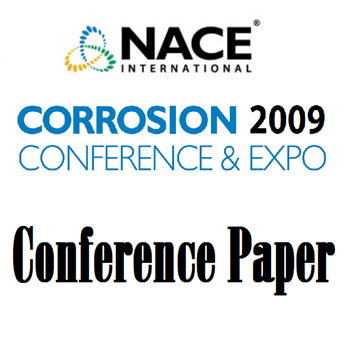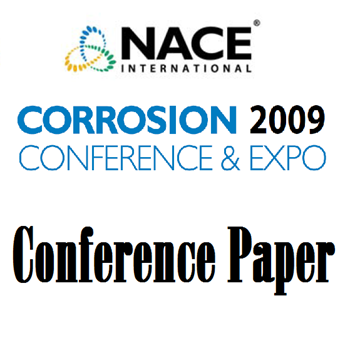Search
97414 THE SACRIFICIAL CATHODIC PROTECTION OF UNS C71500 HEAT EXCHANGER TUBES IN ARABIAN GULF SEA WATER
Also Purchased
51313-02118-Corrosion of a Shell-and-Tube Heat Exchanger
Product Number:
51313-02118-SG
ISBN:
02118 2013 CP
Publication Date:
2013
$20.00
09338 Heat Treatment Issues on Stainless Steel Heat Exchanger Tubes
Product Number:
51300-09338-SG
ISBN:
09338 2009 CP
Publication Date:
2009
$20.00
09520 Effect of Calcareous Deposit Formation on Galvanic Anode Cathodic Protection of Steel in Seawater
Product Number:
51300-09520-SG
ISBN:
09520 2009 CP
Publication Date:
2009
$20.00




